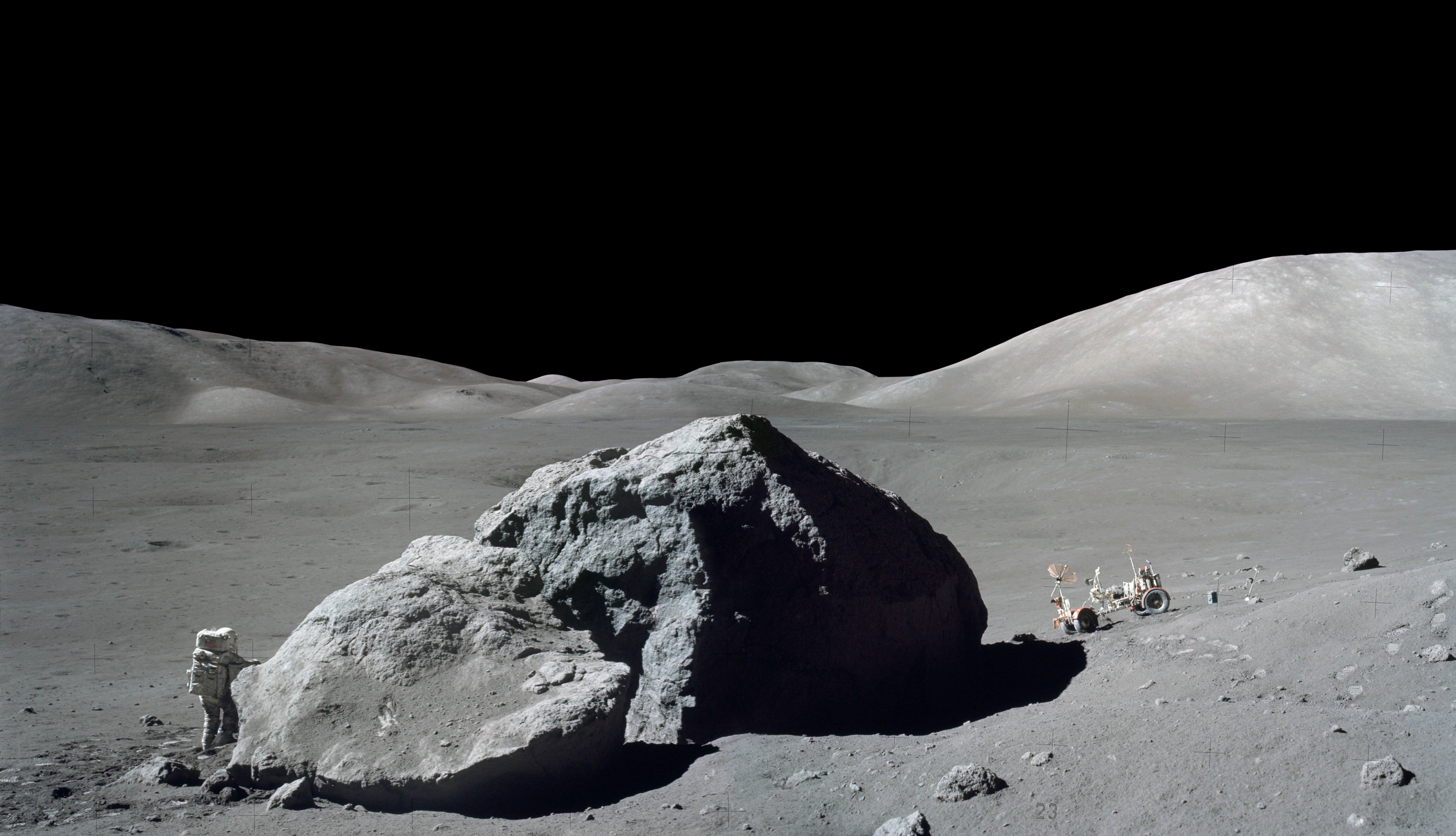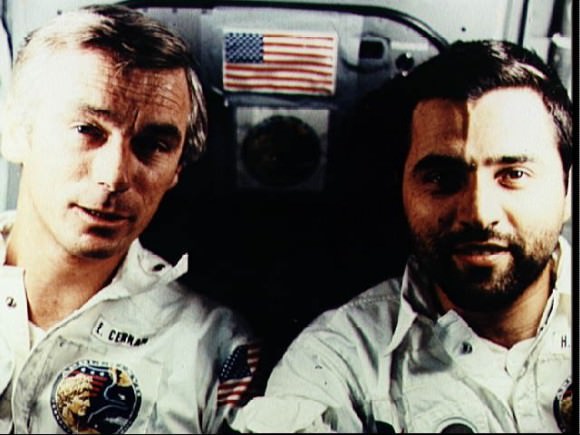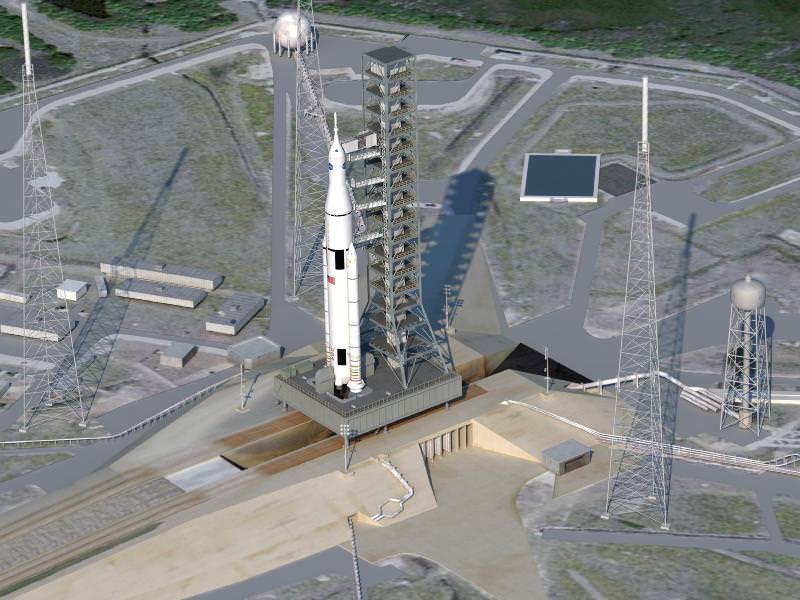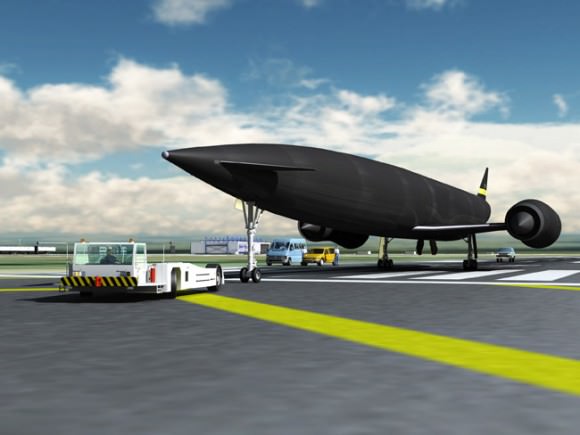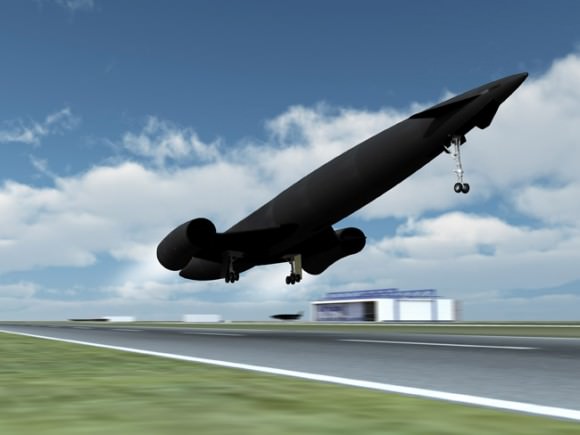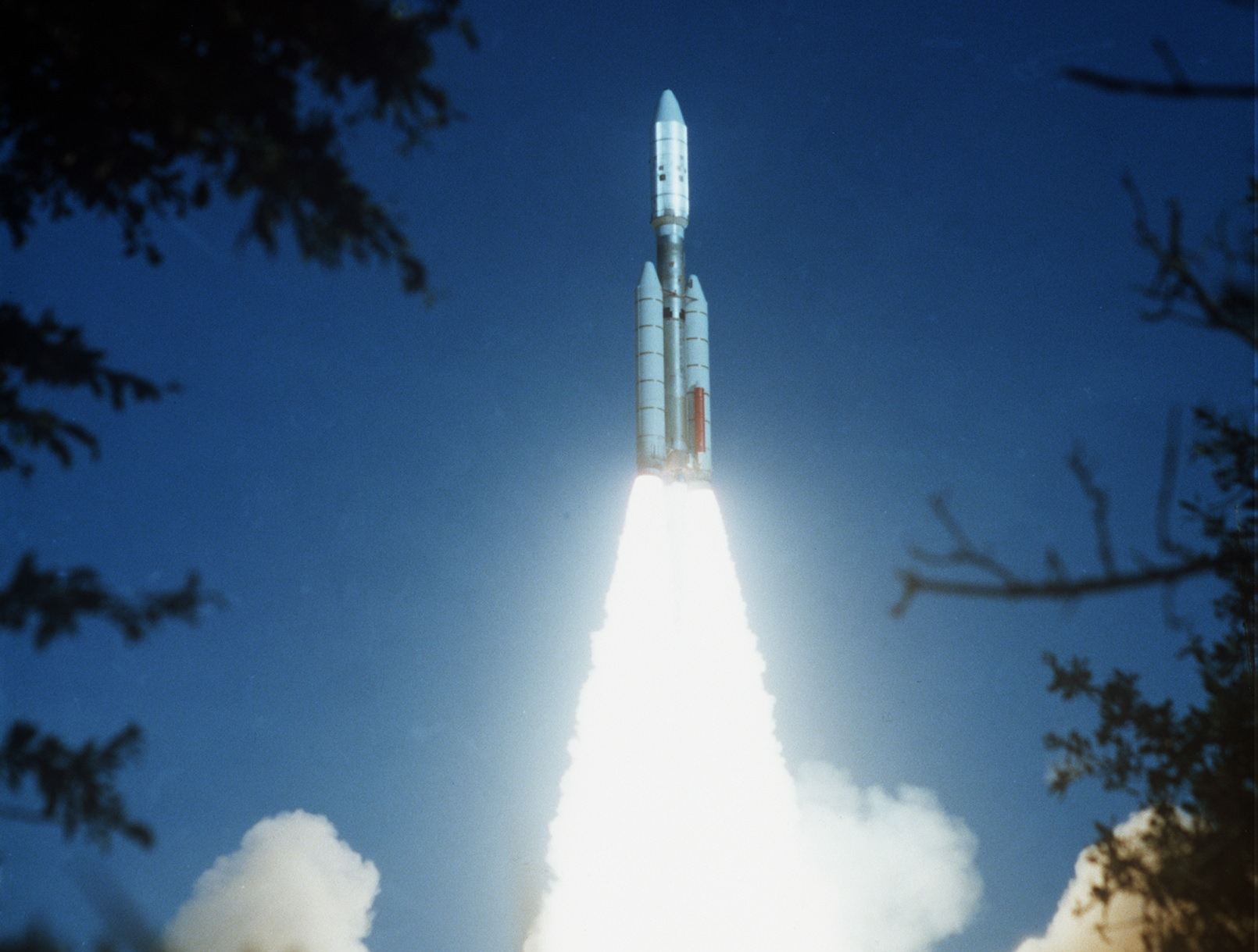We’ve featured wonderful time-lapse videos taken from the Space Station many times and each one is amazing to watch, but here’s something a little different: by taking photos at the rate of one per second and assembling them into a time-lapse, we can get a sense of what it’s like to orbit the planet at 240 miles up, 17,500 mph… in real time. Absolutely amazing!
The Thirty-Ninth Anniversary of the Last Moonwalk
[/caption]
On December 13, 1972, Apollo 17 Commander Eugene A. Cernan and Lunar Module Pilot (LMP) Harrison H. “Jack” Schmitt made the final lunar EVA or moonwalk of the final Apollo mission. Theirs was the longest stay on the Moon at just over three days and included over twenty-two hours spent exploring the lunar surface during which they collected over 250 pounds of lunar samples.
To commemorate the thirty-ninth anniversary of this last EVA, NASA posted a picture of Schmitt on the lunar surface as its ‘Image of the Day.’
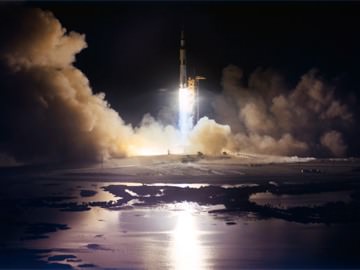
Apollo 17 launched on a Saturn V rocket on December 7, 1972. Four days later on December 11, Cernan and Schmitt moved into the Lunar Module Challenger and descended to a touchdown in the Taurus-Littrow valley. Command Module Pilot Ron Evans, meanwhile, stayed in orbit aboard the Command Module America.
The Taurus-Littrow valley was chosen as the best landing spot to take advantage of Apollo 17’s capabilities. It was a “J mission,” one designed for extended EVAs that would take the astronauts further from the LM than any previous missions using the Lunar Rover. It was also a geologically interesting area. Here, the astronauts would be able to reach and collect samples from the old lunar highlands as well as relatively young volcanic regions. For this latter goal, Apollo 17’s greatest tool was its LMP, Schmitt.
When NASA began looking for its first group of astronauts in 1959, candidates had to be affiliated with the military, trained engineers, and have logged at least 1,500 hours of flying time in jets. The same basic criteria were applied to the second and third group of astronauts selected in 1962 and 1963 respectively.
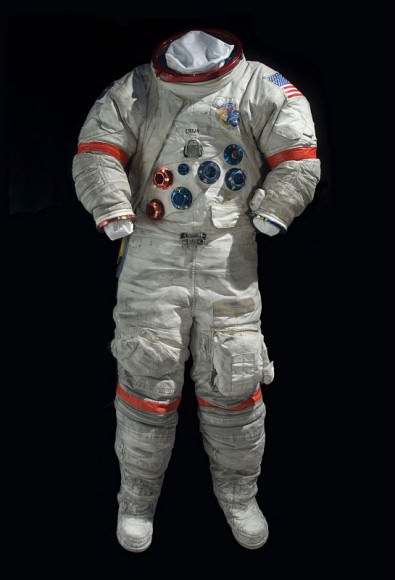
The fourth group brought a change. In June 1965, six trained scientists joined NASA’s astronaut corps. For this group, PhDs were a necessity and the previous flight hours requirement was dropped. Three of the men selected were physicists, two were physicians, and one, Schmitt, was a trained geologist.
Schmitt had explored the geological possibilities of a a lunar mission as a civilian. Before he joined NASA, he worked with the U.S. Geological Survey’s Astrogeology Center in Flagstaff, Arizona. There he devised training programs designed to teach astronauts enough about geology as well as photographic and telescopic mapping to make their journeys to the Moon as fruitful as possible. He was among the astrogeologists that instructed NASA’s astronauts during their geological field trips.
After joining the astronaut corps, Schmitt spent 53 weeks catching up to his colleagues in flight proficiency. He also spent hundreds of hours learning to fly both the Lunar Module and the Command Module. All the while, he remained an integral part of the astronauts’ lunar geology training, often assisting crews in finding and collecting the right kinds of rocks from a control station in Houston during a lunar mission.
Schmitt’s lunar companion, Gene Cernan, was an Apollo veteran. As the LMP on Apollo 10, he had flown within eight miles of the lunar surface but didn’t have enough fuel — or NASA’s blessing — to actually land. As commander of Apollo 17, he spent more time on the Moon than any other man. As commander, he entered the LM after Schmitt at the end of their final moonwalk. His bootprints remain the most recent human-made mark on the lunar surface.
Historic Photos Commemorate First and Last Shuttle Crews
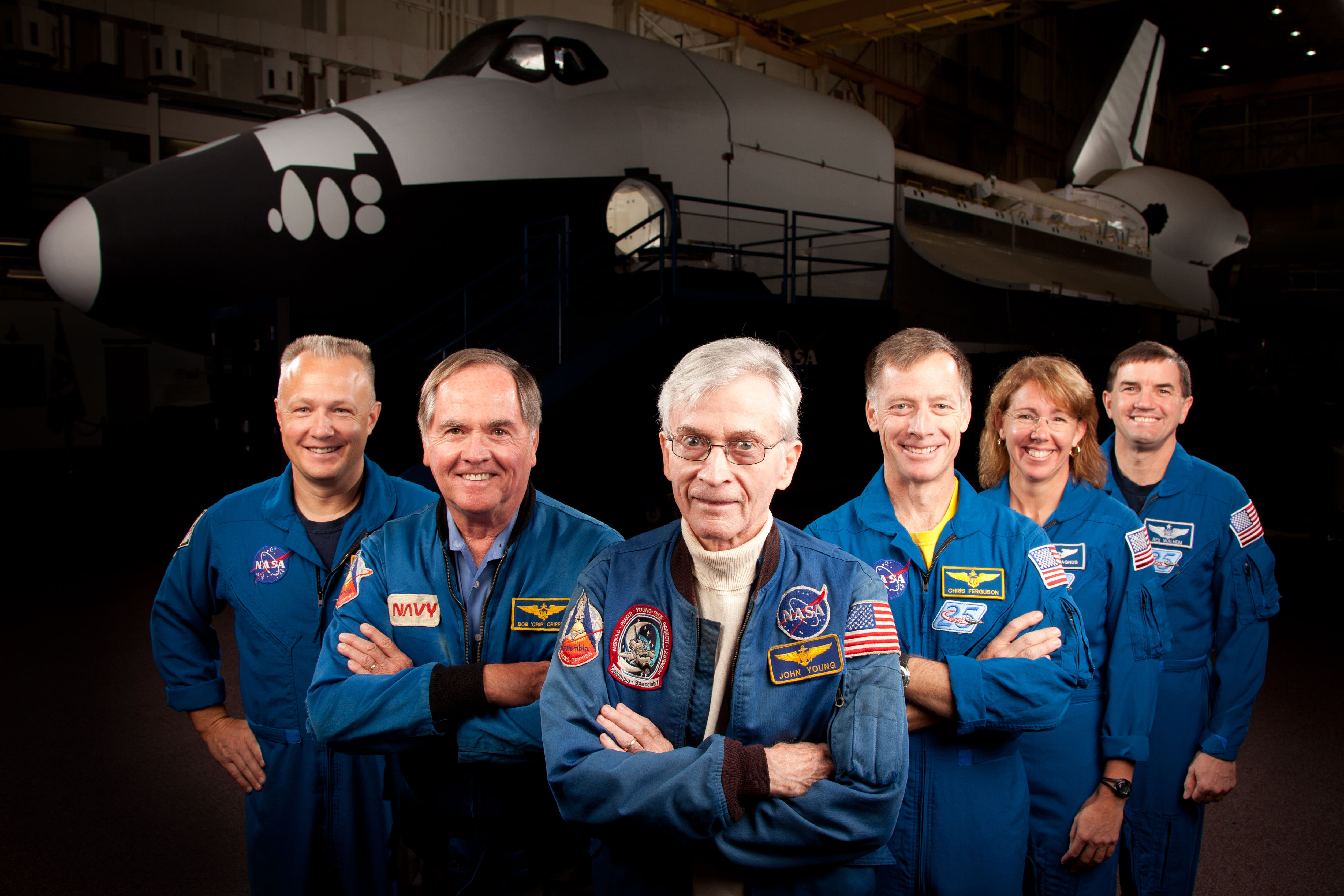
[/caption]
In an historic photo shoot earlier this month, NASA commemorated the space shuttle’s retirement, personifying the thirty-year program with the first and last astronaut crews to fly the vehicle.
The shuttle program has certainly come a long way from STS-1 to STS-135.
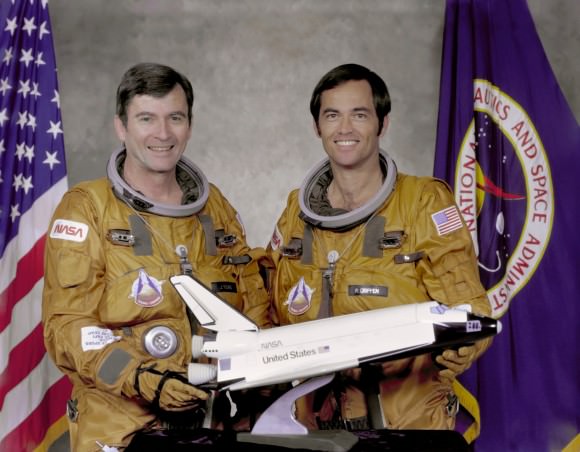
John Young and Robert Crippen launched on STS-1 in the shuttle Columbia on April 12, 1981, twenty years after Yuri Gagarin became the first man to orbit the Earth. It was a shakedown cruise, with the two astronauts spending only two days in orbit. They checked out the spacecraft’s systems, the vehicle’s overall flight worthiness, and made the first runway landing from orbit. The only payload the crew carried was a Development Flight Instrumentation (DFI) package. It contained sensors to measure and record Columbia’s performance in orbit and the stresses it felt during launch, ascent, orbital flight, descent and landing.
Thirty years and two months later, the crew of STS-135 had a much busier mission on their hands. Launched on July 8, 2011 in the Atlantis orbiter, the crew’s primary mission objective was to transfer thousands of pounds of supplies into the International Space Station and take thousands more pounds of unneeded cargo back down to Earth.
Atlantis stayed docked to the ISS for eight of its twelve days in orbit. The crew, along with the Expedition 28 crew that spent close to four months aboard the station, played a real life and oversized version of Tetris to get all the supplies squared away in the ISS’ multi-purpose module.
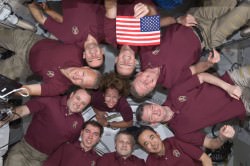
With the cargo transfer complete, Atlantis undocked from the station on July 19. The crew spent the last two days of the final mission in orbit, deploying experiments and readying the spacecraft for landing. Atlantis touched down on the runway at the Kennedy Spaceflight Centre on July 21.
NASA’s complete image gallery, which includes images of the STS-135 post flight wrap up as well as pictures with the STS-1 crew, highlights the personal strain that runs through manned spaceflight. And it doesn’t stop there. During STS-135’s mission, commander Chris Ferguson presented the ISS’s crew the U.S. flag John Young and Robert Crippen carried into space on STS-1. The flag will remain on display on the station until the next crew that launches from the U.S. retrieves it. After returning to Earth, the flag will be launched again with the first crew to embark on a journey beyond Earth orbit.
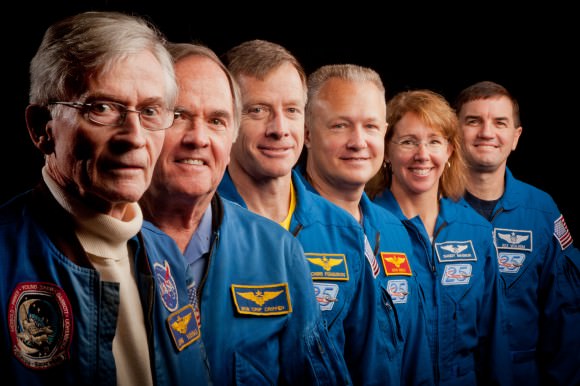
Spaceport America Opens With ‘Virgin Galactic Gateway to Space’
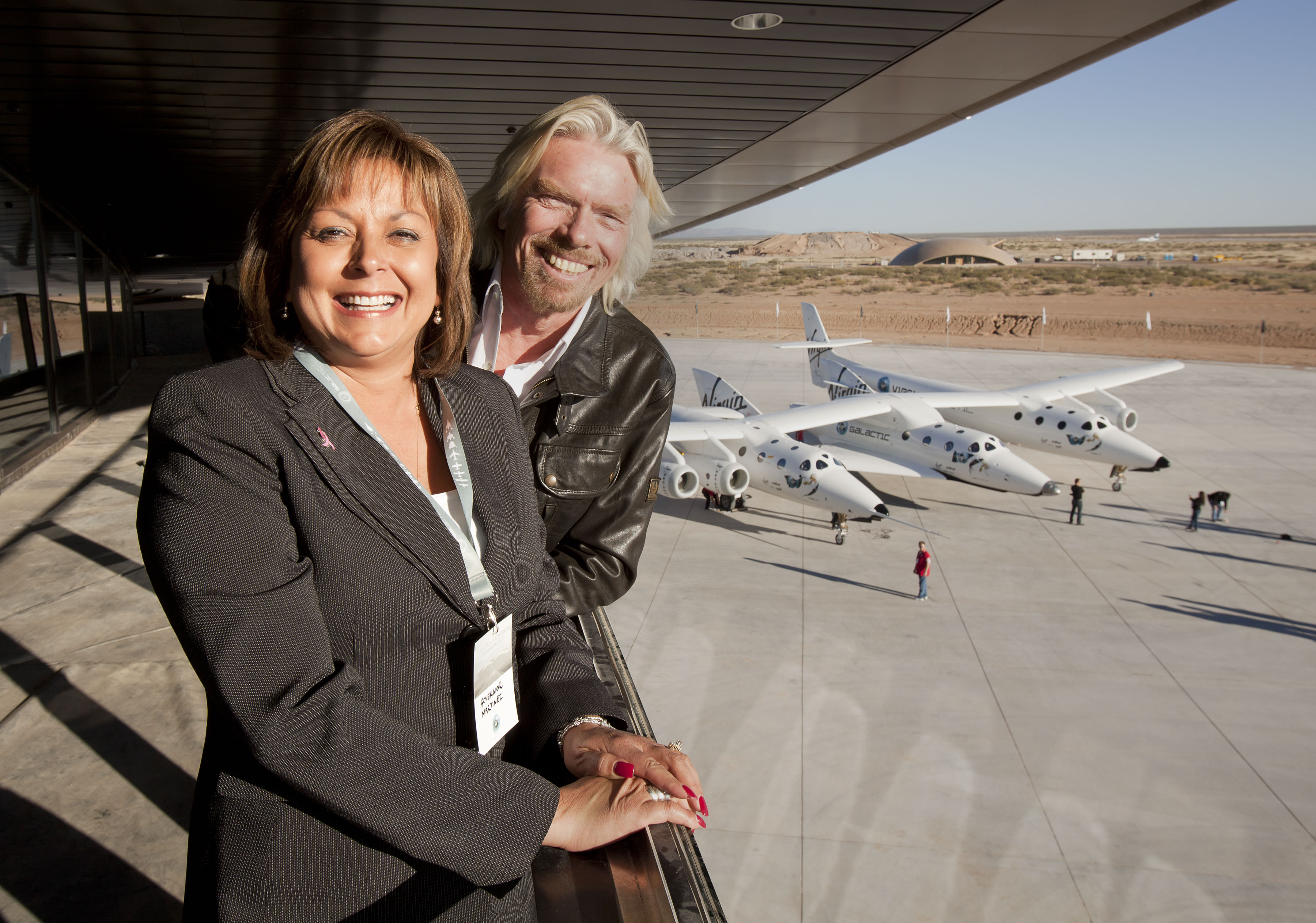
[/caption]
Do you want to buy a ticket to outer space? Fly into orbit for the most breathtaking views of Earth possible? Well, those dreams for many took a step closer to reality yesterday as the world’s first commercial spaceport officially opened with dedication ceremonies for the new home of Virgin Galactic, Spaceport America, in New Mexico. It’s the beginning of a whole new space age…
With about 800 people attending, the terminal building was officially named “Virgin Galactic Gateway to Space” while its two spacecraft, WhiteKnightTwo and SpaceShipTwo, flew overhead. The ceremonies were overseen by Virgin Galactic’s founder Sir Richard Branson. New Mexico Governor Susana Martinez and Congressman Steve Pearce were also in attendance. The ceremonies even included a performance, (on the side of the building!) by the dance troupe Project Bandaloop (see video below).
“Today is another history-making day for Virgin Galactic,” said Sir Richard Branson. “We are here with a group of incredible people who are helping us lead the way in creating one of the most important new industrial sectors of the 21st century. We’ve never wavered in our commitment to the monumental task of pioneering safe, affordable and clean access to space, or to demonstrate that we mean business at each step along the way.”
This event marks a major milestone in the history of commercial spaceflight; once only the domain of NASA and other government space agencies, the space age is now finally really coming into its own, opening up the way for more ordinary citizens to leave Earth, at least to low-Earth orbit for now. Could space hotels be far behind?
“For me, my children and our ever growing community of future astronauts, many of whom are with us today, standing in front of the Virgin Galactic Gateway to Space as it glimmers majestically under the New Mexican sun brings our space adventure so close we can almost taste it,” said Sir Richard.
Source: Virgin Galactic
Building the Future of Spaceflight
Here’s a very cool “music video” showing the ongoing progress being made on the Orion Multi-Purpose Crew Vehicle, the next-generation vehicle for human space travel beyond low-Earth orbit.
Although the MPCV may resemble Apollo-era capsules, its technology and capability are light years apart. The MPCV features dozens of technology advancements and innovations incorporated into the spacecraft’s subsystem and component design.
From careful assembly of the smallest parts to the dramatic tests of the rocket launch abort system, this video shows how much expertise, talent and just plain hard work is being invested in the future of human spaceflight by NASA as well as many industry-leading experts around the country!
Read more about the Orion MPCV program here.
SLS: NASA’s Next Big Thing
[/caption]
NASA has officially unveiled the plan for their next large-scale rocket: the Space Launch System, or SLS, will provide heavy-lift capabilities for cargo and spacecraft to go beyond low-Earth orbit and is proposed as a safe, sustainable and efficient way to open up the next chapter in US space exploration.
SLS is designed to carry the Orion Multi-Purpose Crew Module, NASA’s next-generation human spaceflight vehicle that is specifically designed for long-duration missions. (Construction of the first space-bound MPCV began last week on September 9.)
Utilizing a modular design that can accommodate varying mission needs, SLS will also be able to provide service to the International Space Station.
“President Obama challenged us to be bold and dream big, and that’s exactly what we are doing at NASA. While I was proud to fly on the space shuttle, tomorrow’s explorers will now dream of one day walking on Mars.”
– NASA Administrator Charles Bolden
SLS will have an initial lift capacity of over 70 metric tons – about 154,000 pounds (70,000 kg). That’s three times the lift capability of the space shuttles! In the event of a Mars mission that can be upgraded to 130 metric tons – about the weight of 75 SUVs.
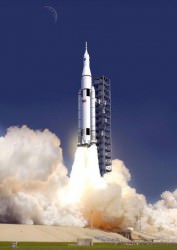
The first developmental flight is targeted for the end of 2017.
SLS will be the first exploration-class vehicle since the giant Saturn V rockets that carried the Apollo astronauts to the Moon. Using rocket technology developed during the shuttle era and modified for the canceled Constellation program, combined with cutting-edge manufacturing processes, SLS will expand the boundaries of human spaceflight and extend our reach into the solar system.
“This launch system will create good-paying American jobs, ensure continued U.S. leadership in space, and inspire millions around the world,” NASA Administrator Charles Bolden said. “President Obama challenged us to be bold and dream big, and that’s exactly what we are doing at NASA. While I was proud to fly on the space shuttle, tomorrow’s explorers will now dream of one day walking on Mars.”
Read the NASA news release here.
(And check out this “Fun Facts” sheet on SLS.)
UK and European Space Agencies Give a Go For Skylon Spaceplane
After 30 years of development, the UK and European space agencies have given a go for the Skylon Spaceplane.
The Skylon, which is being developed at the Oxfordshire-based Reaction Engines in the UK, is an unpiloted and reusable spacecraft that can launch into Low Earth Orbit after taking off from a conventional runway.
Looking like something out of Star Wars, Skylon is a self contained, single stage, all in one reusable space vehicle. There are no expensive booster rockets, external fuel tanks or huge launch facilities needed.
The vehicle’s hybrid SABRE engines use liquid hydrogen combined with oxygen from the atmosphere at altitudes up to 26km and speeds of up to Mach 5, before switching over to on-board fuel for the final rocket powered stage of ascent into low Earth orbit.
The Skylon is intended to cut the costs involved with commercial activity in space, delivering payloads of up to 15 tons including satellites, equipment and even people into orbit at costs much lower than those that use expensive conventional rockets.
Once the spacecraft has completed its mission, it will re-enter Earth’s atmosphere and return to base, landing like an airplane on the same runway, making it a totally re-usable spaceplane, with a fast mission turn around.
Skylon has received approval from a European Space Authority panel tasked with evaluating the design. “No impediments or critical items have been identified for either the Skylon vehicle or the SABRE engine that are a block to further development,” the panel’s report concludes.
“The consensus for the way forward is to proceed with the innovative development of the engine which in turn will enable the overall vehicle development.”
The UK Space Agency says that Reaction Engines will carry out an important demonstration of the SABRE engine’s key pre-cooler technology later this summer.
Source: Reaction Engines Ltd.
Spacecraft
[/caption]
When a vehicle or robot is designed to leave the Earth’s atmosphere and travel through space, we call that a spacecraft. There are many different kinds of spacecraft, such as satellites orbiting the Earth, robots sent to other planets, orbiting space stations, and vehicles sent to the Moon carrying human astronauts.
The harsh environment of space is hard on spacecraft, so they have to be built to tolerate temperature extremes that dip down hundreds of degrees below zero, and then hot enough to boil water. There’s no atmospheric pressure in space, so any spacecraft carrying humans needs a rigid shell that keeps its atmosphere inside. There is a constant stream of radiation from the Sun and outside the Solar System constantly raining down on a spacecraft, damaging components and raising the cancer risk for any human astronauts.
Spacecraft also need components to be able to travel in space. They require a form of propulsion that allows them to change their trajectory. These can range from traditional chemical rockets to the newer ion drives and even nuclear engines. Spacecraft need some kind of power system, solar panel arrays or nuclear generators. They need a communications system to send and receive signals from Earth. They require an attitude control system, to keep their instruments pointed in the right directions. And finally, they need the specific components to carry out their mission. In the case of the Apollo capsules, these spacecrafts’ mission was to carry NASA astronauts to and from the Moon safely. These means they needed life support systems, navigation computers, and landing equipment. A spacecraft designed to orbit Jupiter will require different components to a spacecraft designed to land on the surface of Venus.
The first spacecraft – the first object to ever leave the Earth’s atmosphere and orbit the planet – was the Soviet satellite Sputnik 1. It launched on October 4th, 1957. The space age began, and many other spacecraft launches followed. The first human to orbit the Earth was Yuri Gagarin, who was carried to space aboard a Soviet rocket on April 12, 1961. The first spacecraft to travel to the Moon was Luna-2, which crashed into the Moon on September 12, 1959. The first spacecraft to safely carry humans to the surface of the Moon was the Apollo 11 mission, which landed on July 20, 1969.
We have written many articles about the spacecraft for Universe Today. Here’s an article about spacecraft propulsion, and here’s an article about the manned spacecraft of China.
If you’d like more information on spacecrafts, here’s a link to NASA’s Official space shuttle page, and here’s the homepage for NASA’s Human Spaceflight.
We’ve recorded an episode of Astronomy Cast all about the space shuttle. Listen here, Episode 127: The US Space Shuttle.
Source: Wikipedia
Voyager 2
[/caption]
Voyager 2 is easily the most famous spacecraft sent from Earth to explore other planets. Launched on August 20, 1977, Voyager visited Jupiter and Saturn, and is the only spacecraft to have ever made a flyby of the outer planets Uranus and Neptune. It flew past Neptune in 1989, but it’s still functioning and communicating with Earth.
Voyager 2 and its twin spacecraft Voyager 1 were built at NASA’s Jet Propulsion Lab in Pasadena, California. The two spacecraft were built with identical components, but launched on slightly different trajectories. Voyager 2 took advantage of a rare alignment of the planets so that it could use a gravity assisting boost as it flew past each one. The increased velocity from Jupiter would help it reach Saturn, Saturn helped it get to Uranus and then to Neptune.
It made its closest approach to Jupiter on July 9, 1979, passing within 570,000 km of the planet’s cloud tops. It captured some of the first, highest resolution images of Jupiter’s moons, showing volcanism on Io, and cracks in the icy surface of Europa. Astronomers now suspect that Europa’s surface hides a vast ocean of water ice.
Voyager 2 then went on to visit Saturn on August 26, 1981, and then onto Uranus on January 24, 1986. This was the first time a spacecraft had ever encountered Uranus, and captured images of the planet close up. Voyager studied Uranus’ rings, and discovered several new moons orbiting the planet. Voyager 2 made its final planetary visit with Neptune on August 25, 1989. Here the spacecraft discovered the planet’s “Great Dark Spot”, and discovered more new moons.
Voyager 2 is now considered an interstellar mission. This means that it has enough velocity to escape the Solar System and travel to another star. Of course, at its current speed, it would take hundreds of thousands of years to reach even the closest star. Scientists think that the spacecraft will continue transmitting radio signals until at least 2025, almost 50 years after it was launched.
We have written many articles about Voyager 2 for Universe Today. Here’s an article about NASA’s diagnosed problems with Voyager 2, and here are some Voyager 2 pictures.
If you’d like more information on the Voyager 2 mission, here’s a link to Voyager’s Interstellar Mission Homepage, and here’s the homepage for NASA’s Voyager Mission Website.
We’ve recorded an episode of Astronomy Cast all about Interstellar Travel. Listen here, Episode 145: Interstellar Travel.
Source: NASA
Astronaut Demonstrates Gravity on Different Planetary Bodies
One of our favorite astronauts, Chris Hadfield from Canada, was recently part of the NEEMO-14 crew — NASA’s Extreme Environment Mission Operations — who spent two weeks in an underwater habitat simulating a long-duration space mission. The crew put together this great video showing what it would be like to walk and jump on the Moon, Mars and an asteroid. The “Aquanauts” and support divers are weighted down to simulate the different gravity. There’s also a jet pack demonstration, which the crew decided is needed for any future mission to an asteroid!

